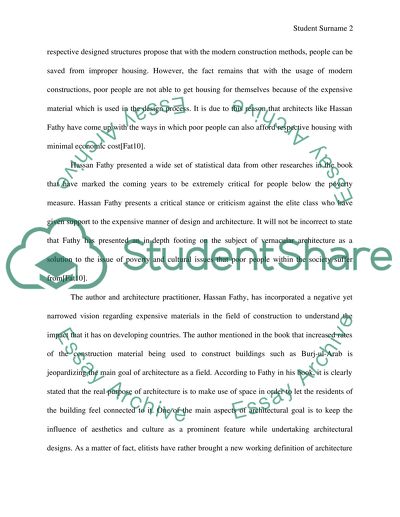Cite this document
(“Myth of the Pioneer Vernacular Book Report/Review”, n.d.)
Myth of the Pioneer Vernacular Book Report/Review. Retrieved from https://studentshare.org/architecture/1644629-myth-of-the-pioneer-vernacular
Myth of the Pioneer Vernacular Book Report/Review. Retrieved from https://studentshare.org/architecture/1644629-myth-of-the-pioneer-vernacular
(Myth of the Pioneer Vernacular Book Report/Review)
Myth of the Pioneer Vernacular Book Report/Review. https://studentshare.org/architecture/1644629-myth-of-the-pioneer-vernacular.
Myth of the Pioneer Vernacular Book Report/Review. https://studentshare.org/architecture/1644629-myth-of-the-pioneer-vernacular.
“Myth of the Pioneer Vernacular Book Report/Review”, n.d. https://studentshare.org/architecture/1644629-myth-of-the-pioneer-vernacular.


